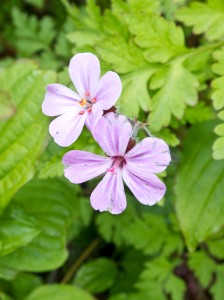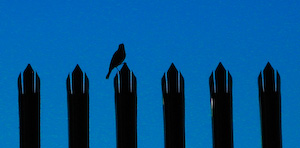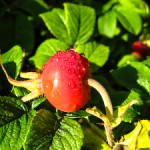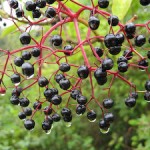Despite my best intentions, I haven’t been to the country park since the last bank holiday in May even though I know the tern chicks should be hatching any time now. After a warm, sunny day spent unsuccessfully trying to photograph bees, I went looking for the chicks and I wasn’t disappointed.
I counted four chicks on the two new rafts – a couple looked slightly bigger than the other two – these latter were from one nest and stayed close to their parent. The older chicks were more mobile and spent some time wandering in and out of the pipe shelter that they’d been provided with. These were just the ones I can see. There are another four tern rafts that don’t give good views. I have a theory that those on the very old rafts might be the lower ranking or younger terns that might have had to make do with what they could get, in which case they might hatch a bit later. I could be completely wrong though. The oldest looking chick was just where I expected it to be following the early courtship and mating of the parents.
I also saw another tern removing bits of broken eggshell from the nest area, so hopefully there are some more fluffy little ternlets there.
The swan was at its grumpiest again. This time the family of greylag geese bore the brunt of his ire. Fortunately the adults were giving back as good as they got and, once again, they were both attacked by the terns dive-bombing their heads – serves them right.
I don’t know what has happened to the Canada goose family, but it appears to be the place to hang out for Canada geese – I gave up counting when I reached 84.
I was a bit concerned about the heron chick – I couldn’t see him anywhere and thought he’d either fallen into the water or was much older than I initially thought. I saw one of the adults across the water, and eventually saw the chick in the nest. I think he’d wandered up the branch a bit and was hidden from view behind a tree trunk.
Over the noise of traffic and terns I managed to use my new found powers of warbler ID and heard a willow warbler calling away as well as blackcap and chiffchaffs. These seem to be much noisier in the evening – I haven’t heard any in the last two weeks when I’ve been in the park early in the morning!
My new highlight though was a couple of little ringed plovers. I’ve seen them before at Brandon Marsh, but never at the country park – it seems there’s always something new to see here. Who needs exotic locations?



